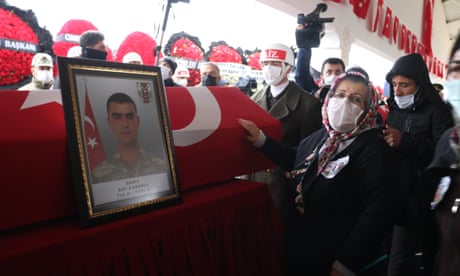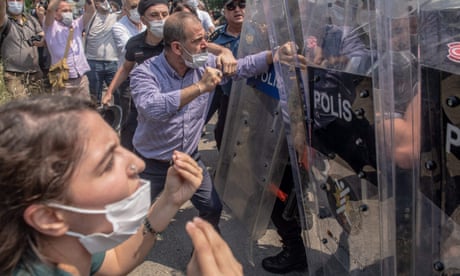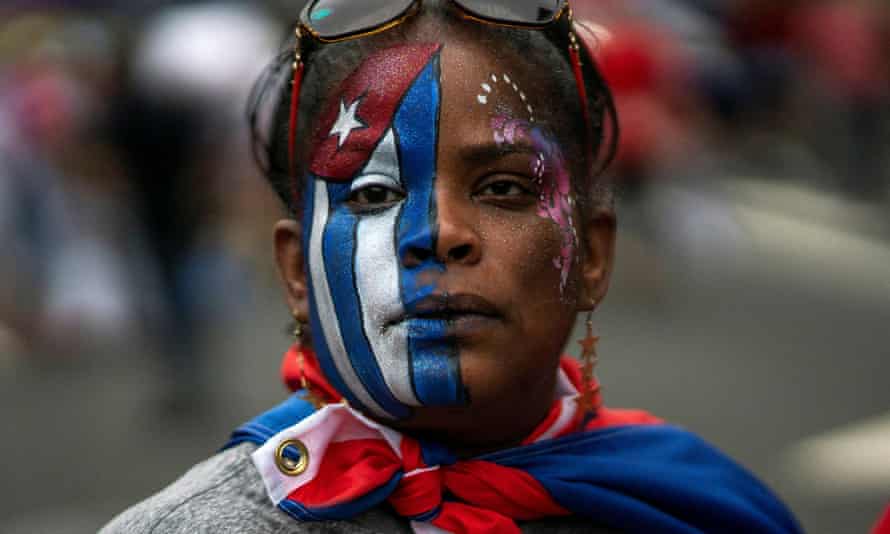B.C. First Nation and partners propose new $10B LNG megaproject
Kyle Bakx

© Nisga’a Lisims Government Construction of the Ksi Lisims liquified natural gas facility could begin in 2024. The proposed site is located at Wil Milit, approximately 15 kilometres northwest of Gingolx, a B.C. coastal community about 80 kilometres north of…
A First Nation in British Columbia is proposing a new liquified natural gas (LNG) export facility to be built on the community's treaty land and is making an environmental pledge to reach net-zero emissions within three years of commencing operations.
The Nisga'a Nation, whose territory is north of Prince Rupert near the Alaska border, is partnering with a group of Western Canadian natural gas producers called Rockies LNG Partners and a Texas-based energy company called Western LNG.
The project is called Ksi Lisims LNG and would include a pipeline to transport natural gas from the northeast corner of the province to the coast. The facility itself is estimated to cost $10 billion.
The chilled natural gas would be loaded onto ships and exported to Asia.
The project proponents are scheduled to announce the project on Monday, and will begin applying for the necessary government permits and start formal talks with communities in the region.
The project will undergo an environmental assessment as part of a joint-regulatory review by the federal, provincial and Nisga'a governments.
In 2000, the Nisga'a and the governments of Canada and B.C. signed a treaty that gave the Nisga'a control over about 2,000 square kilometres of territory in the Nass Valley in B.C.'s northwest.
A First Nation in British Columbia is proposing a new liquified natural gas (LNG) export facility to be built on the community's treaty land and is making an environmental pledge to reach net-zero emissions within three years of commencing operations.
The Nisga'a Nation, whose territory is north of Prince Rupert near the Alaska border, is partnering with a group of Western Canadian natural gas producers called Rockies LNG Partners and a Texas-based energy company called Western LNG.
The project is called Ksi Lisims LNG and would include a pipeline to transport natural gas from the northeast corner of the province to the coast. The facility itself is estimated to cost $10 billion.
The chilled natural gas would be loaded onto ships and exported to Asia.
The project proponents are scheduled to announce the project on Monday, and will begin applying for the necessary government permits and start formal talks with communities in the region.
The project will undergo an environmental assessment as part of a joint-regulatory review by the federal, provincial and Nisga'a governments.
In 2000, the Nisga'a and the governments of Canada and B.C. signed a treaty that gave the Nisga'a control over about 2,000 square kilometres of territory in the Nass Valley in B.C.'s northwest.

© CBC News The proposed site for the Ksi Lisims LNG project.
"We want to bring sustainable economic activity, not only to the Nass Valley but to the region. It's going to also assist in helping to fight poverty and to bring a prosperous future," said Nisga'a Nation President Eva Clayton, in an interview.
The project comes at a time when many other LNG proposals for B.C.'s coast have either been shelved or cancelled.
Asian prices for LNG are at multi-year highs as global demand for natural gas is robust to meet the power generation needs of many countries this summer.
Negotiations for pipeline construction
Ownership of Ksi Lisims LNG is still being determined as the proponents continue to finalize commercial agreements.
The economic impact of Ksi Lisims LNG is estimated to be $55-billion including the facility, pipeline and the production of natural gas over 30 years.
"It is a big project. It's a lot of money. But will the economics be there for it in the long run?" said Martin King, a natural gas analyst with RBN Energy.
"That's the ultimate arbiter of everything that happens in building these projects — will it meet economic thresholds?"
Ksi Lisims LNG is negotiating with two companies to build a pipeline.
Enbridge's Westcoast Connector Gas Transmission project and TC Energy's Prince Rupert Gas Transmission project both already have environmental approvals in place as they were meant to transport natural gas for now-cancelled LNG export projects in the Prince Rupert area.
Net-zero goal
Company officials say the LNG facility could be operational in late-2027 or 2028 and reach net zero emissions within three years of startup through the use of hydroelectricity, energy efficiency, carbon offsets and potential carbon capture and storage.
Net-zero emissions mean that any emissions of greenhouse gases produced are offset by other measures.
"The nation is very much concerned with the ever-changing climate," said Clayton. "We want to be able to assist with providing low-carbon energy."
The floating liquefaction facility would be located near the village of Gingolx, a coastal community about 80 kilometres north of Prince Rupert. The project will be capable of producing 12 million tonnes of LNG per year and generate 4,000 construction jobs.
The facility would be nearly the same size as the first phase of the LNG Canada project, which is led by Shell Canada and is now under construction near Kitimat. The initial phase would be able to export 14 million tonnes of natural gas.
A much smaller project near Squamish, Woodfibre LNG, is expected to reach a final investment decision later this year on its proposed facility, which will produce 2.1 million tonnes of LNG per year.
Last month, the Haisla Nation announced a partnership with Pembina Pipeline on a three-million-tonnes planned project near Kitimat called Cedar LNG.
No matter the project, some environmental leaders say natural gas projects may struggle to compete financially with renewable sources of energy, since the cost of wind and solar electricity has fallen considerably in recent years.
Critics also say hydrogen is emerging as a competing source of energy to the LNG industry.
"The long-term future isn't LNG, it's cleaner fuels," said Merran Smith, executive director of Clean Energy Canada.
"We want to bring sustainable economic activity, not only to the Nass Valley but to the region. It's going to also assist in helping to fight poverty and to bring a prosperous future," said Nisga'a Nation President Eva Clayton, in an interview.
The project comes at a time when many other LNG proposals for B.C.'s coast have either been shelved or cancelled.
Asian prices for LNG are at multi-year highs as global demand for natural gas is robust to meet the power generation needs of many countries this summer.
Negotiations for pipeline construction
Ownership of Ksi Lisims LNG is still being determined as the proponents continue to finalize commercial agreements.
The economic impact of Ksi Lisims LNG is estimated to be $55-billion including the facility, pipeline and the production of natural gas over 30 years.
"It is a big project. It's a lot of money. But will the economics be there for it in the long run?" said Martin King, a natural gas analyst with RBN Energy.
"That's the ultimate arbiter of everything that happens in building these projects — will it meet economic thresholds?"
Ksi Lisims LNG is negotiating with two companies to build a pipeline.
Enbridge's Westcoast Connector Gas Transmission project and TC Energy's Prince Rupert Gas Transmission project both already have environmental approvals in place as they were meant to transport natural gas for now-cancelled LNG export projects in the Prince Rupert area.
Net-zero goal
Company officials say the LNG facility could be operational in late-2027 or 2028 and reach net zero emissions within three years of startup through the use of hydroelectricity, energy efficiency, carbon offsets and potential carbon capture and storage.
Net-zero emissions mean that any emissions of greenhouse gases produced are offset by other measures.
"The nation is very much concerned with the ever-changing climate," said Clayton. "We want to be able to assist with providing low-carbon energy."
The floating liquefaction facility would be located near the village of Gingolx, a coastal community about 80 kilometres north of Prince Rupert. The project will be capable of producing 12 million tonnes of LNG per year and generate 4,000 construction jobs.
The facility would be nearly the same size as the first phase of the LNG Canada project, which is led by Shell Canada and is now under construction near Kitimat. The initial phase would be able to export 14 million tonnes of natural gas.
A much smaller project near Squamish, Woodfibre LNG, is expected to reach a final investment decision later this year on its proposed facility, which will produce 2.1 million tonnes of LNG per year.
Last month, the Haisla Nation announced a partnership with Pembina Pipeline on a three-million-tonnes planned project near Kitimat called Cedar LNG.
No matter the project, some environmental leaders say natural gas projects may struggle to compete financially with renewable sources of energy, since the cost of wind and solar electricity has fallen considerably in recent years.
Critics also say hydrogen is emerging as a competing source of energy to the LNG industry.
"The long-term future isn't LNG, it's cleaner fuels," said Merran Smith, executive director of Clean Energy Canada.
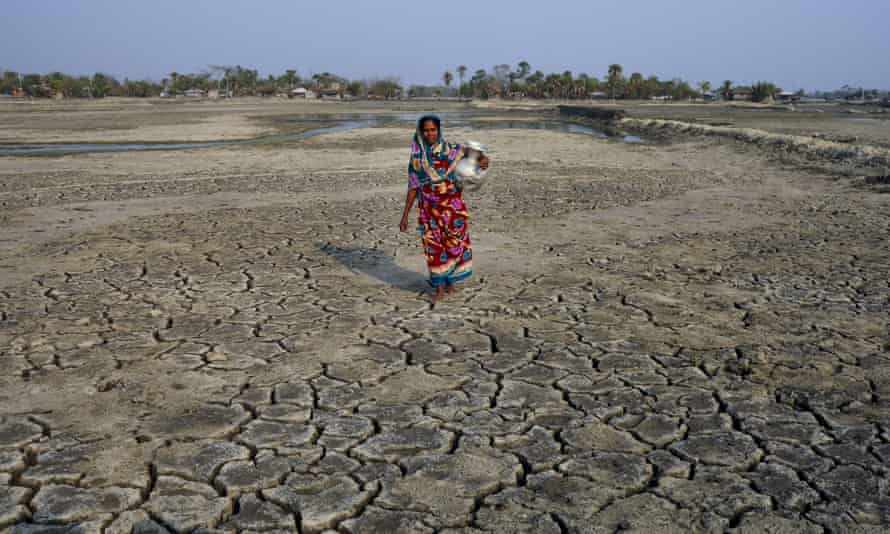
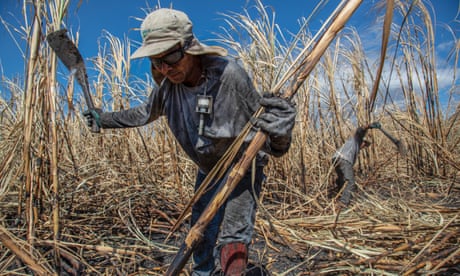

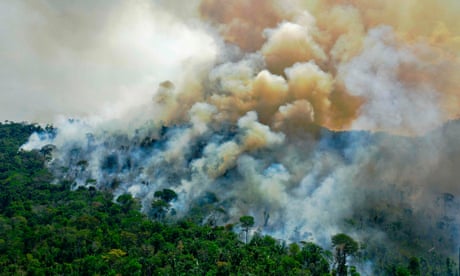


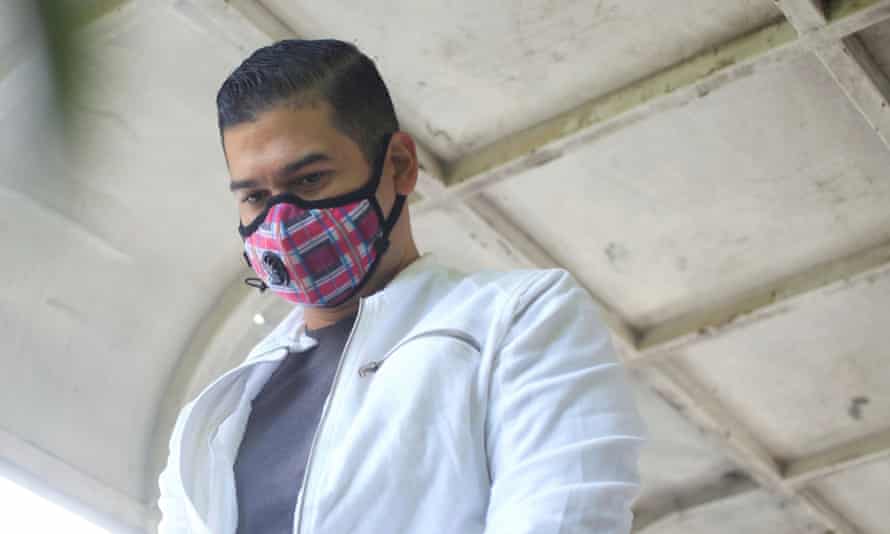
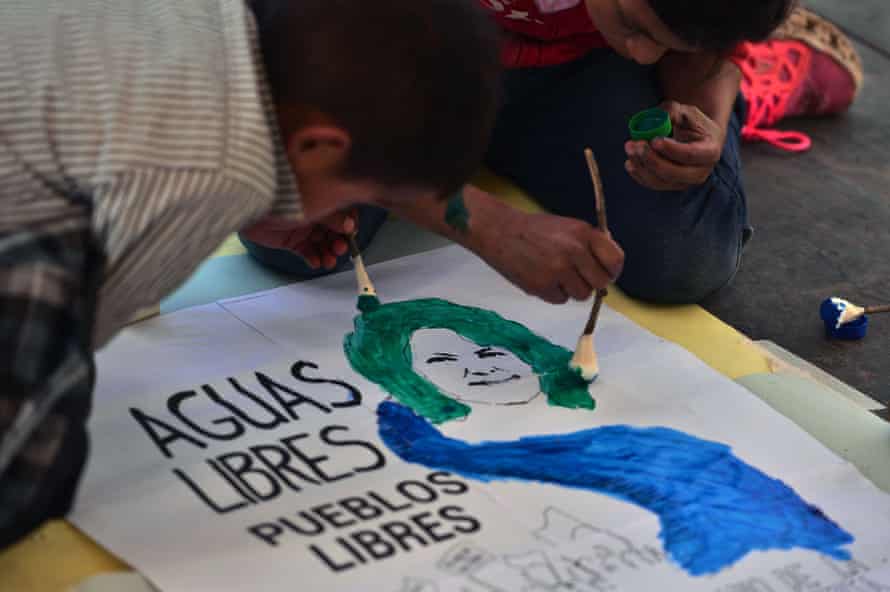
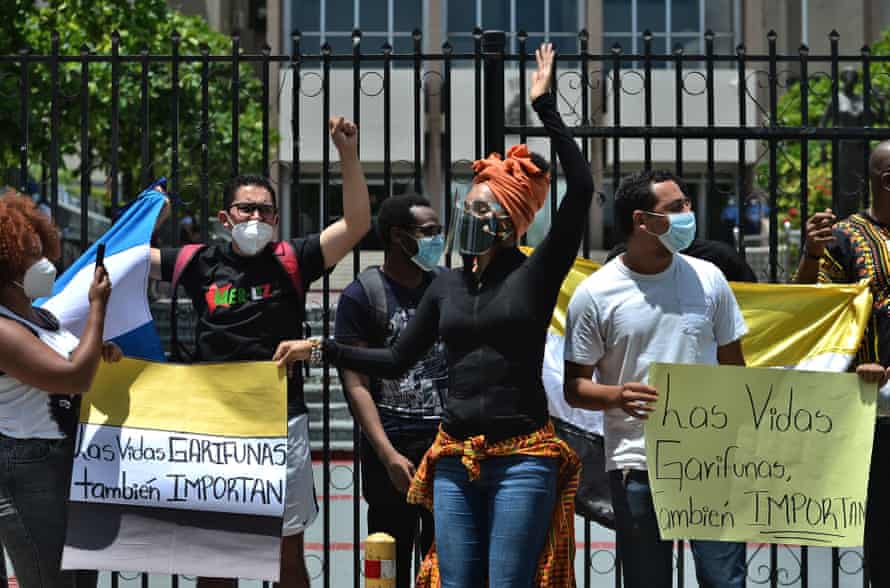

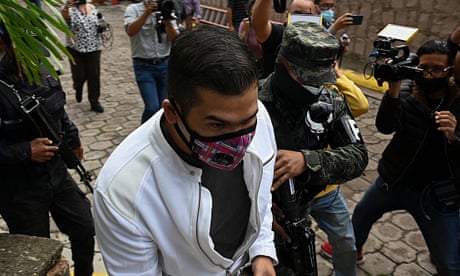
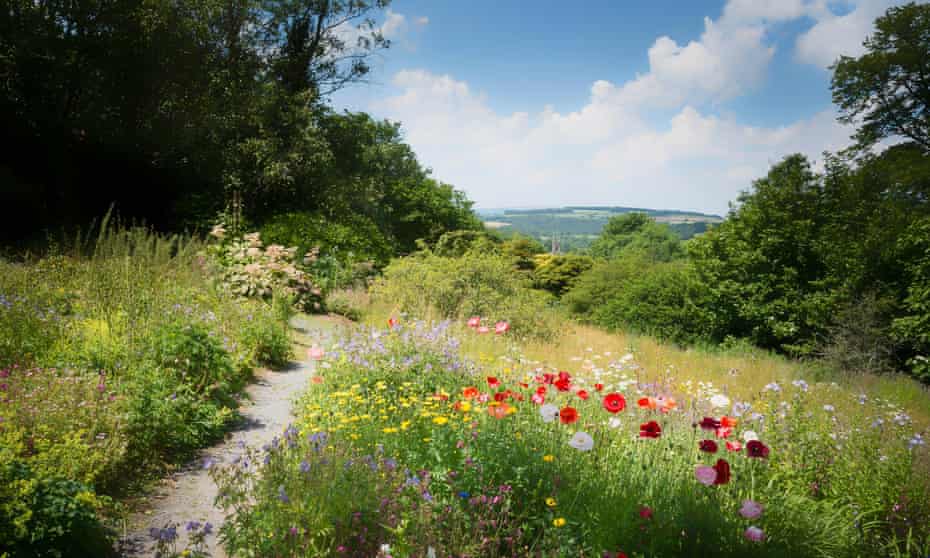

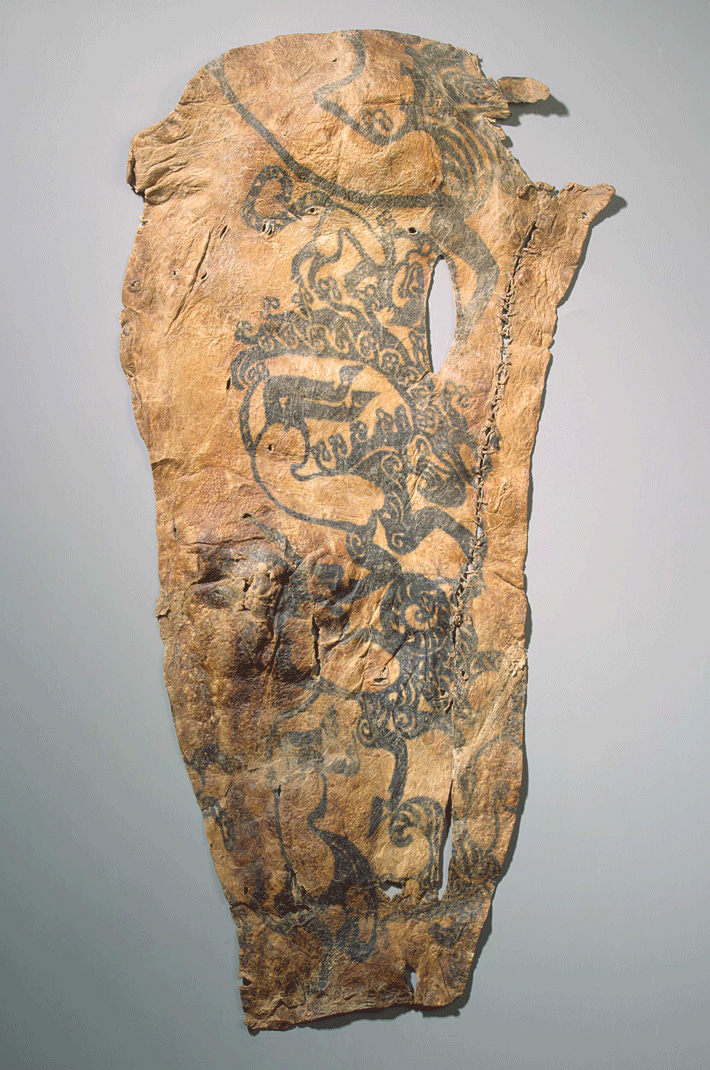
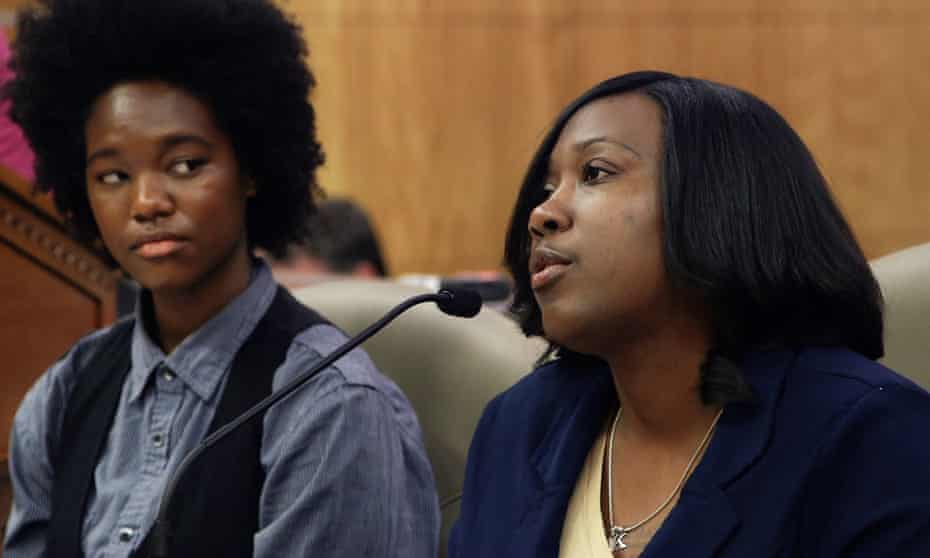
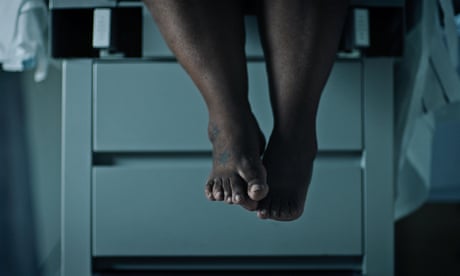
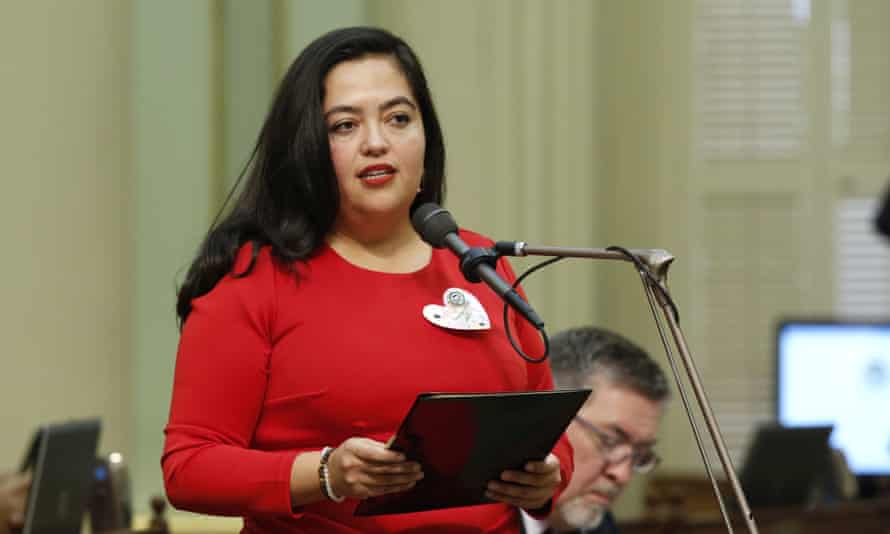
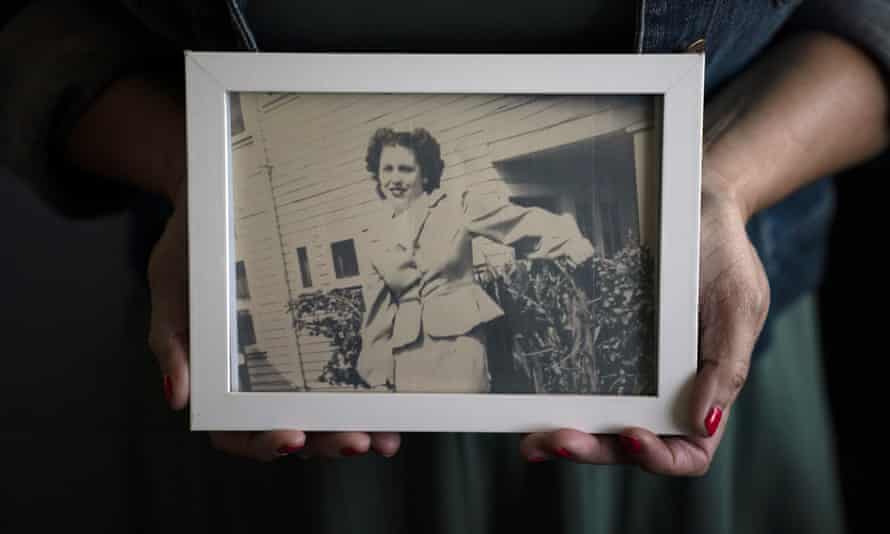
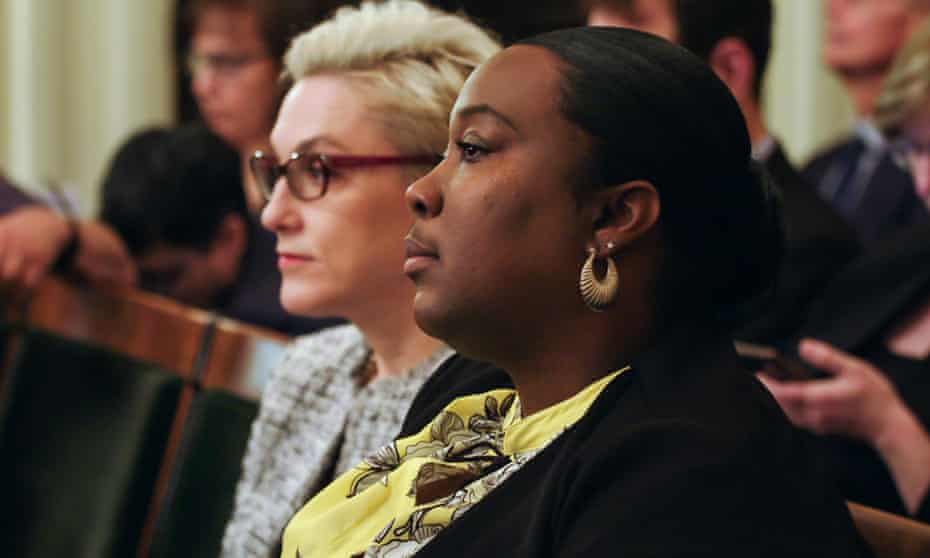
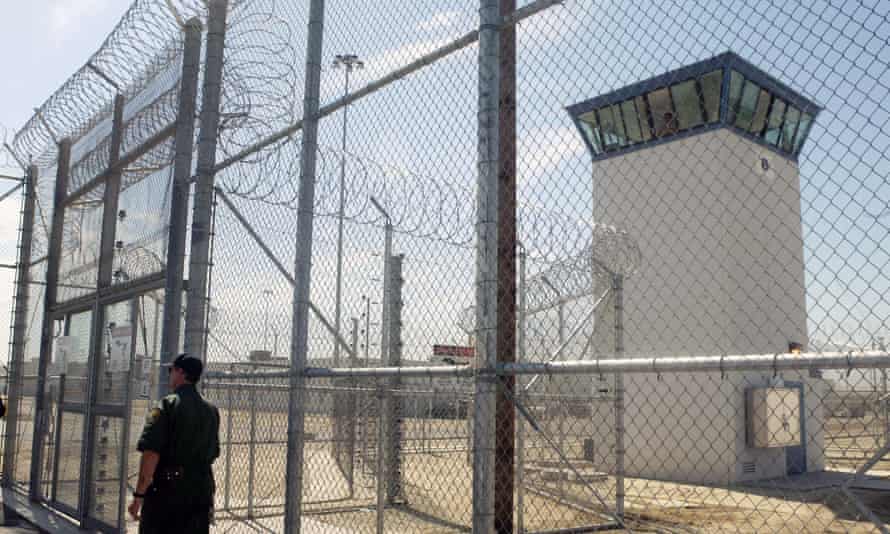
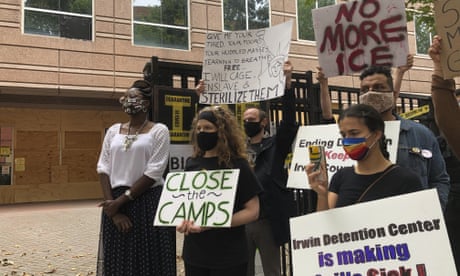


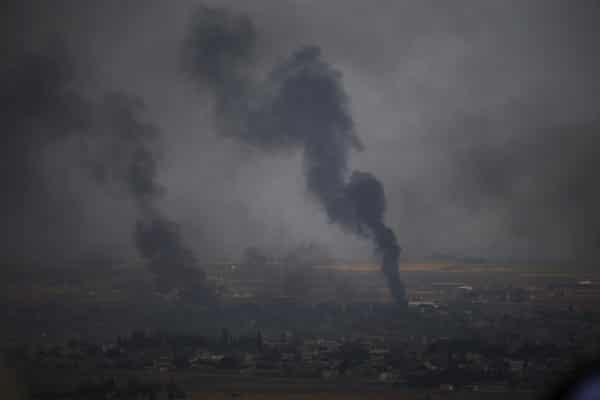

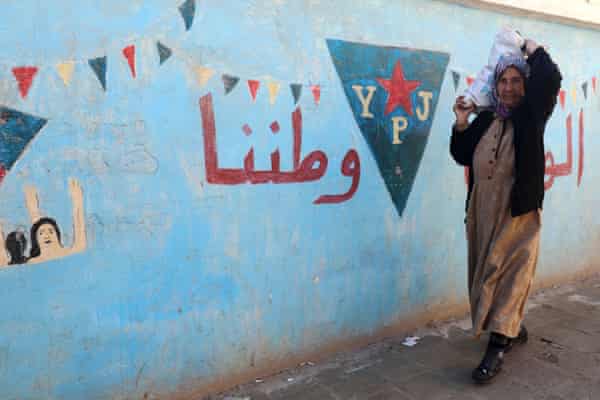

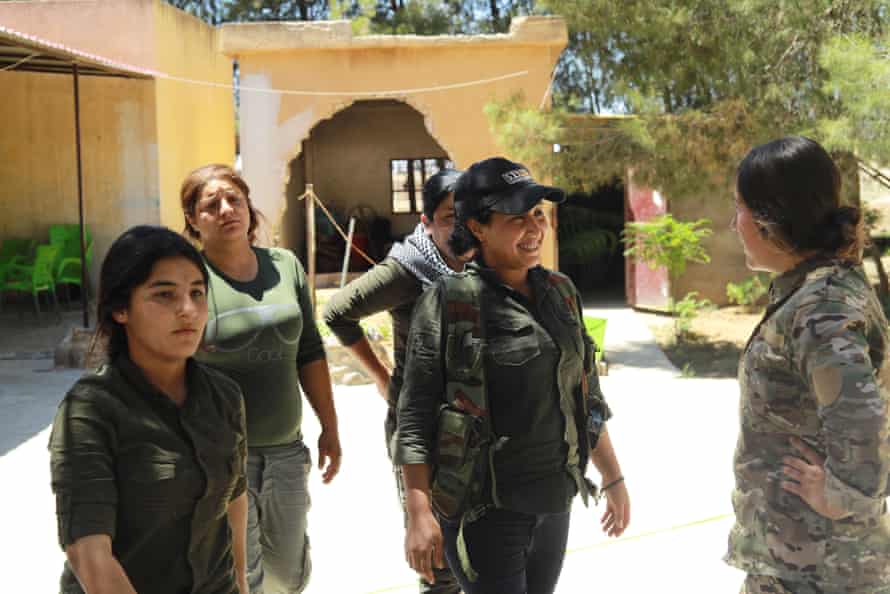
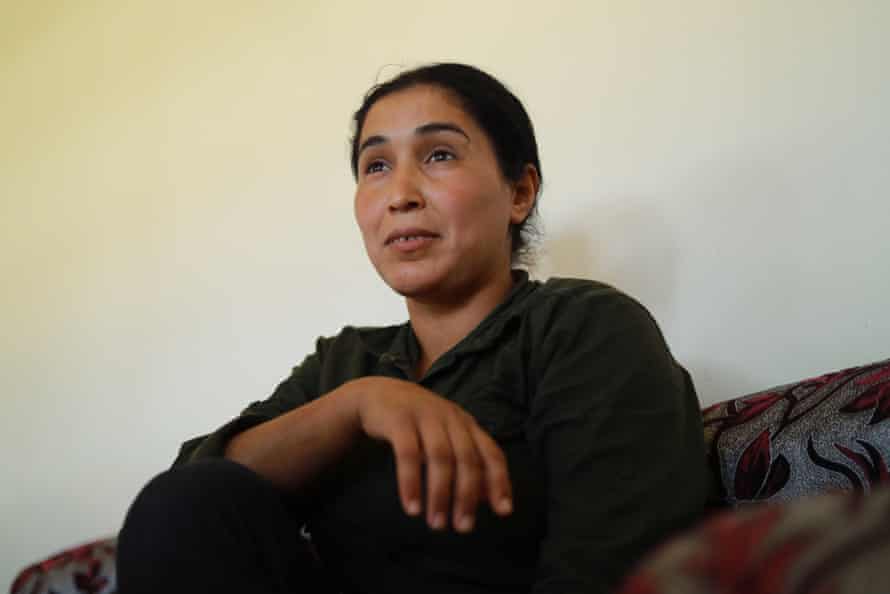
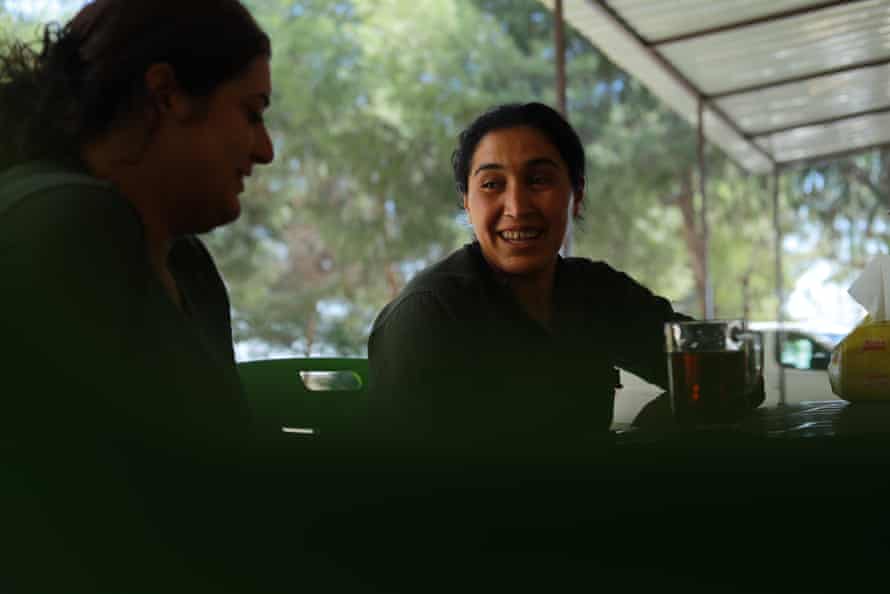
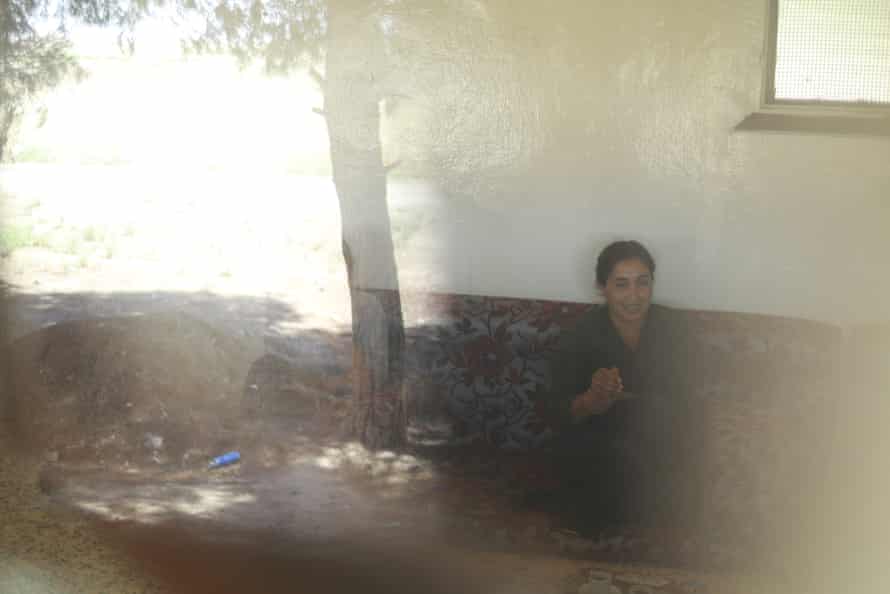
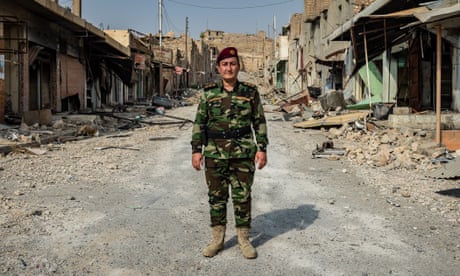
 Military Prison No 5 in Diyarbakır, Turkey, has become a symbol of Kurdish resistance against the state. Photograph: Cenk Ertekin/Alamy
Military Prison No 5 in Diyarbakır, Turkey, has become a symbol of Kurdish resistance against the state. Photograph: Cenk Ertekin/Alamy